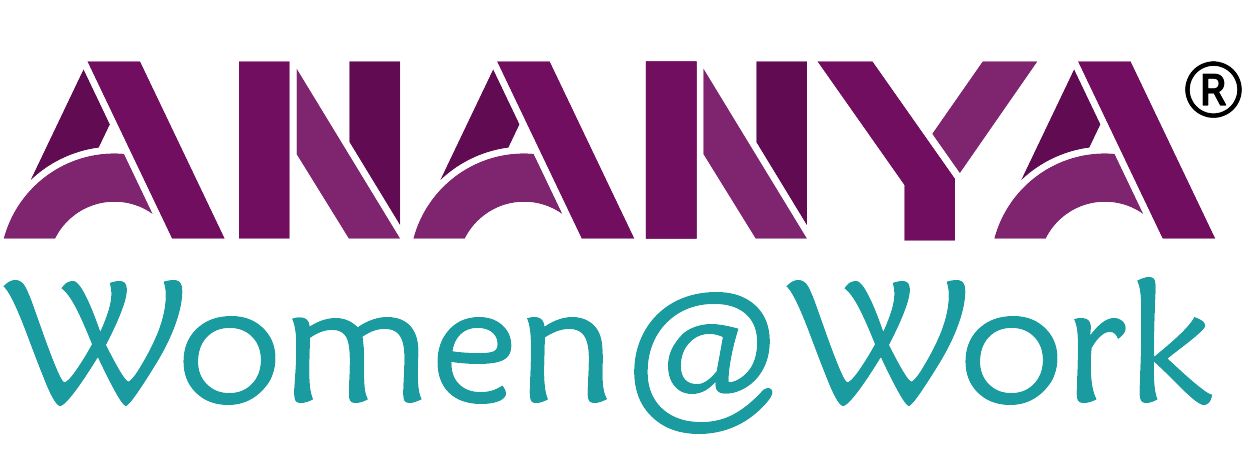Women in Leadership
Increasing the number of women in leadership is a topic of discussion perhaps in every business forum. Leaders across the world have been brainstorming ideas for almost 3 decades now but the pace progress in the area leaves much to be desired. Organisations are reaching a stage where fatigue has started setting in and they’re wondering if it’s worth the effort.
India is amongst the few counties which have mandated at least one woman representation on board of directors in the Companies Act 2013. What followed was, either a female member of the family being offered the role or vying for that one single woman to serve on multiple boards. The reason may not as much as talent shortage as it was lack of recognition and development of talent. The lack of foresight and long-term efforts in developing women talent along with inconsistent effort in creating an enabling environment could be some of the reasons.
The reason for Mandate is not at all social or moral, but business. Evidence proves that having a diverse board has a positive impact on the organization in more ways than just the financials.
Shift of focus
Fortunately, some forward-thinking organizations have now started shifting investing in developing women talent across the hierarchy, rather than just the top echelons. Evidence suggests that diverse team perform better on all counts of financial performance, innovation, collaboration, decision making to name a few. This may be attributed to the broadening of the collective worldview that comes packaged with diversity.
The shift of investment from developing women leadership only at the top to developing a strong pipeline across levels has yielded results and organizations have experienced the benefits (beyond financials) of it in this dynamic & volatile markets.
Why Mid-Management Matters
Mid-management is where the primary responsibility of the operations of the organization including responsibilities of People management, implementing the initiatives which are driven from the top, managing budgets, ensuring culture and values of the organization are retained and promoted, generating ideas for innovation among other responsibilities
Building a diverse mid-management ensures a healthy talent pipeline for the executive level.
Retention, Development, and Promotion at this levels, sends out the message to the message to the internal and external stakeholders and to the world at large, that the organization is not just women-friendly but is a people-friendly place to work.
And In Indian context
Specific to India, which continues to be largely patriarchal society, Women tend to drop out of workforce early in career due to reasons which go beyond marriage, maternity and motherhood. It is also about self-perception, cultural environment in the workplace, gendered norms and perceptions and lack of mentors and sponsors to promote them.
What can Organisations do to develop, promote and retain women in the workplace .. Watch out for the next blog on managing development and retention in mid-management
references
- https://www.adb.org/sites/default/files/publication/179587/ewp-472.pdf
- https://www.grantthornton.global/en/insights/articles/women-in-business-2017/
- https://www.mca.gov.in/SearchableActs/Section149.htm
- https://www.grantthornton.global/en/insights/articles/women-in-business-2016/





